Removing a tree stump can be a challenging task, but with the right approach, you can tackle it easily without hiring a professional. Whether you prefer a DIY method or need a quicker solution, there are several ways to get rid of that stubborn stump and reclaim your yard.
In this article, we share 13 methods to remove a tree stump the easy way. From using manual tools to employing chemical solutions or even natural techniques, you’ll find the right option for your needs. Whether you want to get rid of the stump fast or prefer a more eco-friendly approach, these methods will help you restore your outdoor space with minimal effort.
Manual Digging
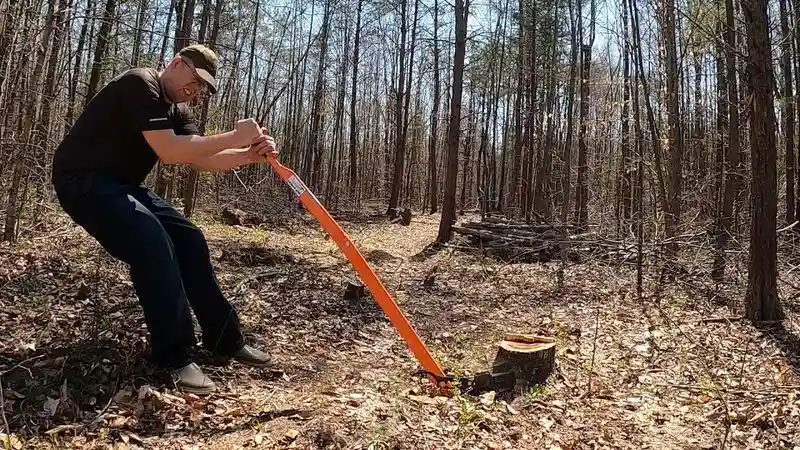
Unleash your inner gardener by tackling the stump with some good old-fashioned digging. Armed with a sturdy shovel, you can excavate around the stump, exposing the roots. This method gives you a physical workout and offers a sense of accomplishment. It’s perfect if you want to avoid chemicals, though it can be labor-intensive. Once the roots are exposed, a sharp axe or saw can help sever them. Clear the area methodically, and soon you’ll have a stump-free zone ready for new beginnings.
Chemical Stump Removers
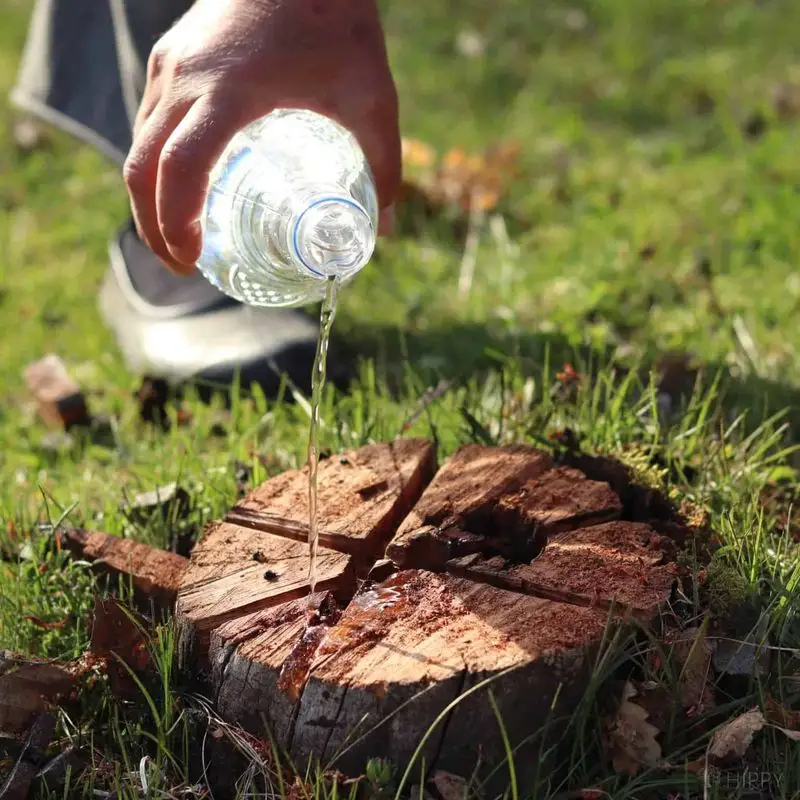
For those wishing to avoid physical exertion, chemical stump removers offer a convenient alternative. These products speed up the decay process, breaking down the wood fibers. Simply drill holes into the stump, pour in the product, and let chemistry do its magic. Patience is key here, as the decomposition process takes a few weeks. This method leaves the surrounding landscape undisturbed, making it a popular choice for large stumps. However, safety precautions are necessary when handling chemicals.
Burning the Stump

If you’re comfortable with fire, burning the stump can be an effective method. It involves drilling holes and filling them with flammable material to slowly incinerate the stump. This method requires careful supervision and adherence to local regulations. It’s an efficient way to deal with stumps in open areas, but caution is necessary to prevent mishaps. As the stump turns to ashes, the area becomes fertile ground for new growth or landscaping.
Stump Grinder
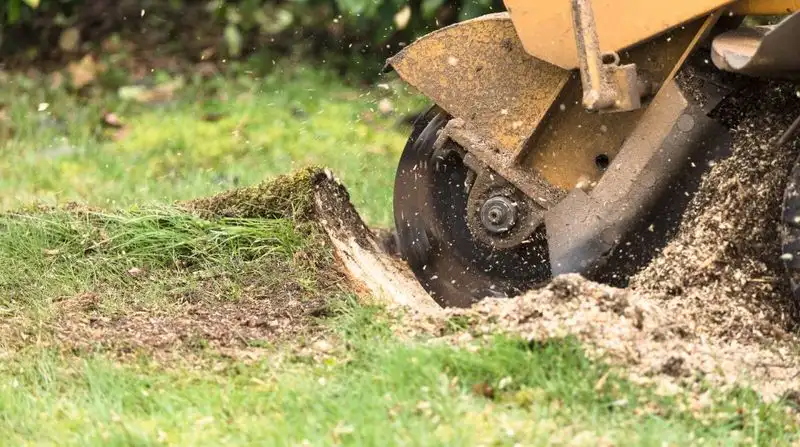
A stump grinder is the power tool for those who prefer machinery over manual labor. This device grinds the stump into wood chips, leaving the ground level and stump-free. Hiring a professional or renting the equipment is wise, as it requires skill to operate safely. This method offers quick results and minimal disturbance to the surrounding landscape. Ideal for multiple stumps, it transforms a daunting task into a manageable project.
Epsom Salt Method
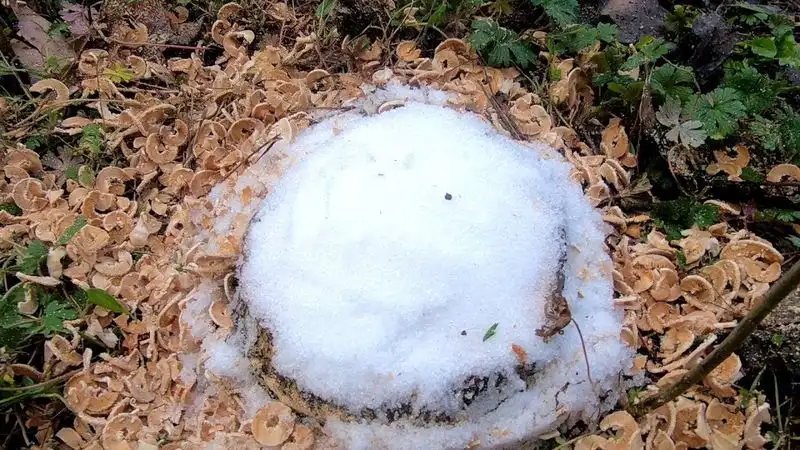
An eco-friendly alternative, the Epsom salt method involves drilling holes in the stump and filling them with the salt. This technique draws moisture from the wood, accelerating decay. It’s a slow but steady process, requiring a few weeks to see results. Suitable for those with patience and an environmentally conscious mindset. The remains can be easily removed or left to decompose naturally, enriching the soil over time.
Using a Backhoe
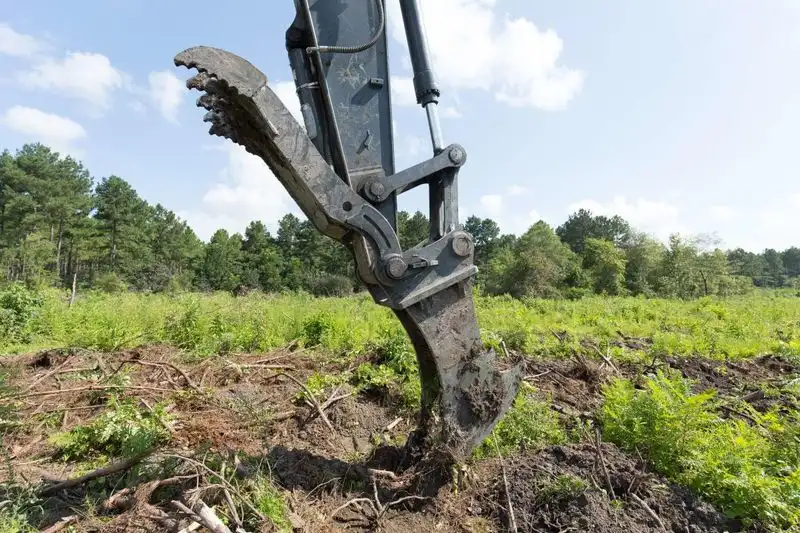
For large stumps or multiple stumps, hiring a backhoe can save time and effort. This heavy machinery extracts the stump and roots in one go, leaving the ground ready for immediate use. It’s an excellent choice for large properties or when re-landscaping. While it offers quick results, it’s essential to consider the cost and potential impact on the surrounding area. This method is best suited for significant stump removal tasks.
Salt and Vinegar Solution
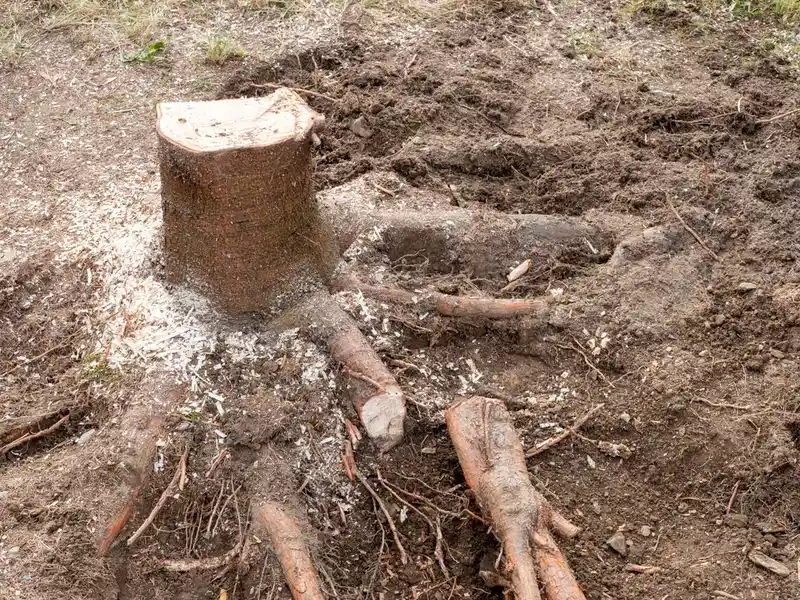
Combining salt and vinegar creates a natural solution to break down tree stumps. Drill holes into the stump and pour in this mixture to begin the decay process. This non-toxic method appeals to those seeking an environmentally friendly approach. While slower than chemical removers, it poses no risk to children or pets. Over time, the stump softens and becomes easier to remove or integrate into the landscape. Patience is key here for effective results.
Covering with Mulch
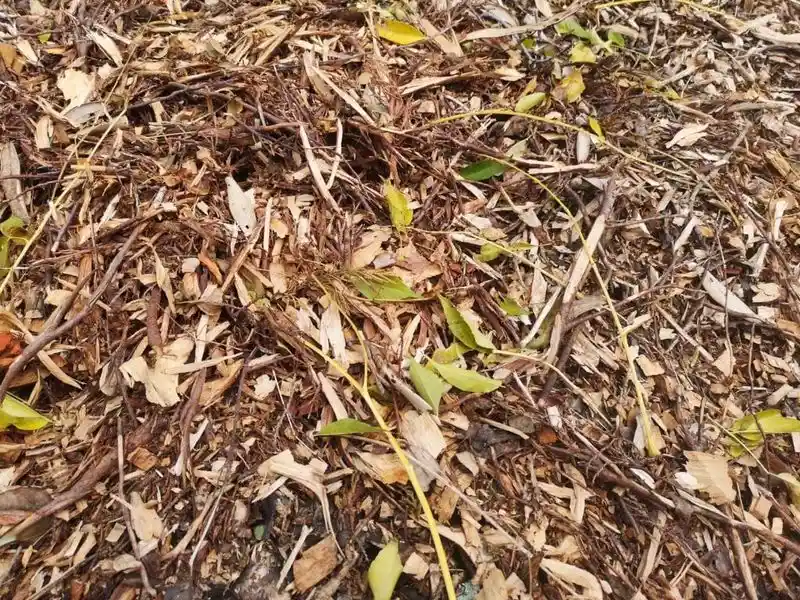
Turning a stump into a garden feature can be as simple as covering it with mulch. A thick layer helps smother the stump, preventing sunlight and promoting decay. This method is low-maintenance and aesthetically pleasing, blending the stump into the garden. Ideal for those who prefer not to remove the stump entirely, it provides a natural habitat for insects and fungi. Over time, the stump will decompose, enriching the soil.
Potassium Nitrate Method

A trusted method for accelerating stump decomposition involves potassium nitrate. Drill holes into the stump and fill them with this compound to hasten decay. The process is safe and efficient, making it popular among gardeners. It demands patience, as the breakdown can take several weeks. This approach minimizes environmental impact while effectively clearing stumps. Perfect for those who prefer a chemical method with a focus on safety and results.
Using a Chainsaw
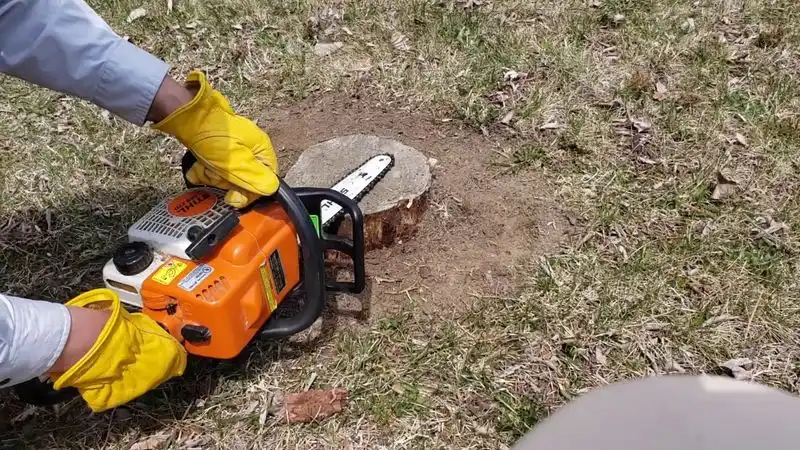
For those comfortable with power tools, a chainsaw can reduce a stump to manageable pieces. Begin by cutting the stump as close to the ground as possible. This method requires precautions, including proper safety gear and familiarity with the tool. It’s a quick solution for reducing stump size, making it easier to cover or remove. While it doesn’t remove the roots, it effectively eliminates the visible portion, enhancing the landscape.
Rotting with Compost
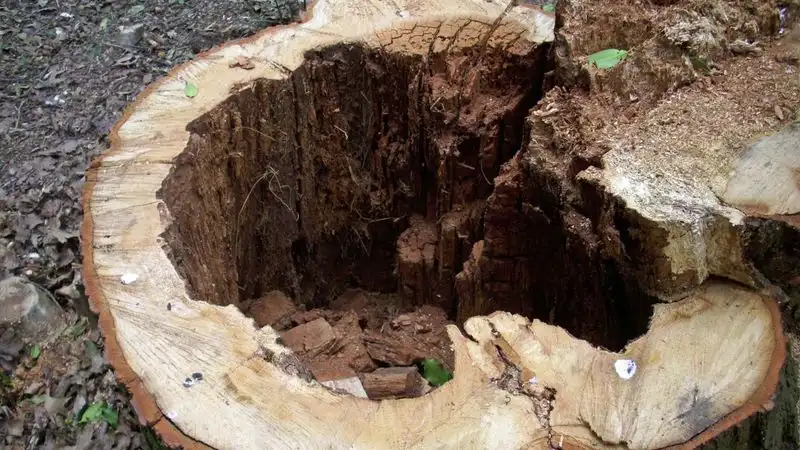
Speeding up natural decay by rotting the stump with compost is efficient and eco-friendly. Cover the stump with a mix of compost to accelerate decomposition. This method integrates the stump into the garden ecosystem, promoting biodiversity. Ideal for gardeners looking to enrich their soil naturally, it requires patience as the process is gradual. The stump becomes part of the nutrient cycle, benefiting the garden’s overall health.
Using a Winch
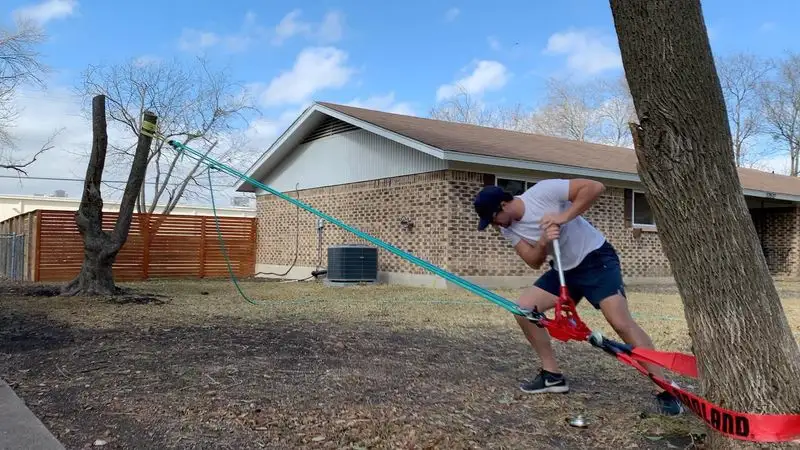
A manual winch provides a workout and a practical solution for small stumps. Attach the winch to the stump and a solid anchor point, then crank to pull it out. This method is labor-intensive but rewarding, ideal for those who enjoy hands-on projects. It avoids chemicals and machinery, offering a natural approach to stump removal. Suitable for smaller stumps, it leaves the area intact, ready for planting or landscaping.
Leveraging Natural Decay
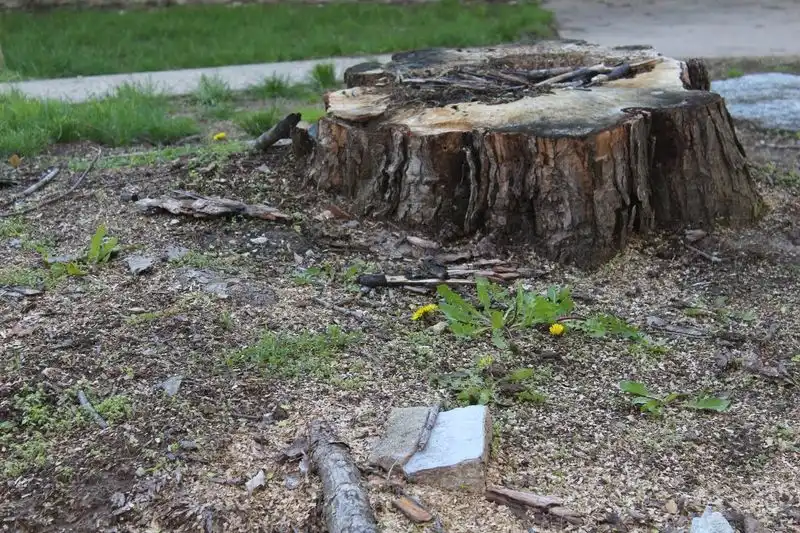
Leave it to nature by allowing the stump to decay naturally. This passive method requires no effort, relying on fungi, insects, and weather to break down the wood. It offers a habitat for wildlife and contributes to the ecosystem. Although slow, it’s the most eco-friendly approach, perfect for those not in a hurry. Over time, the stump will blend into the landscape, adding character to the natural setting.

